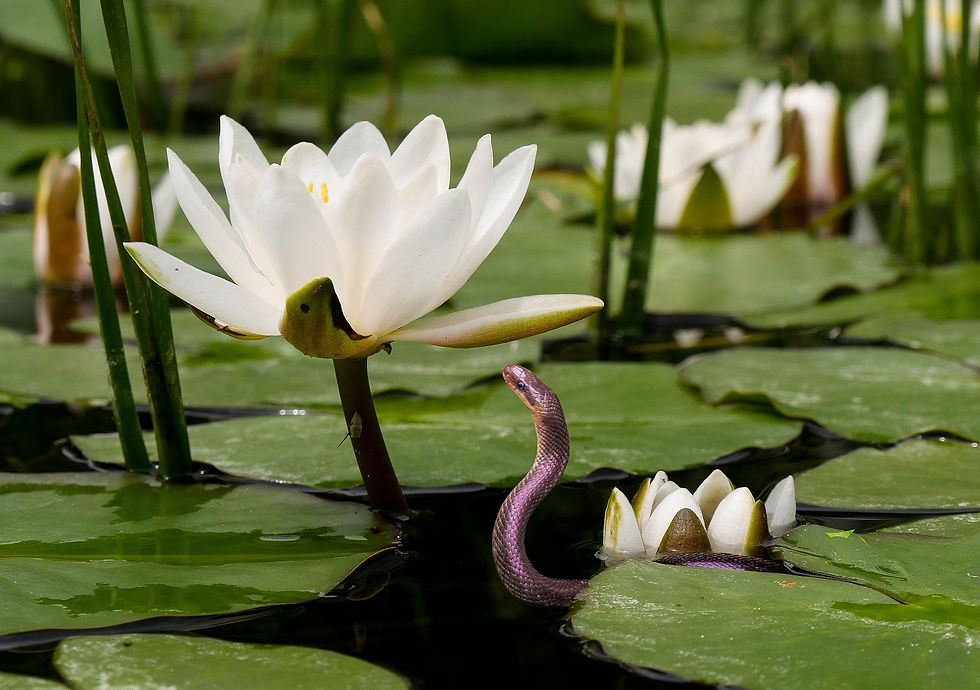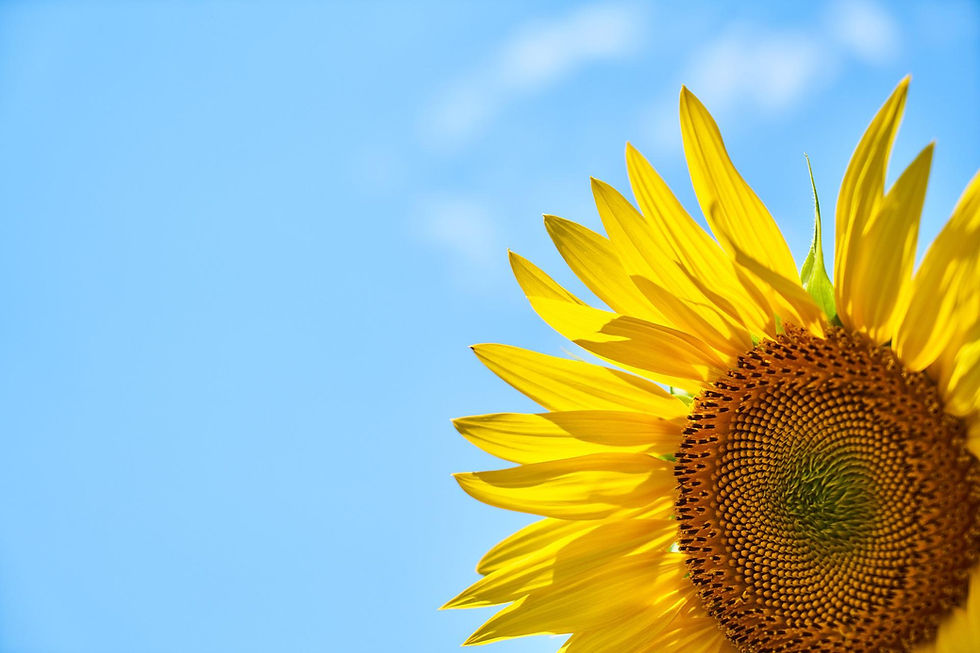Yin Yang Basics
- Sierra

- Dec 11, 2021
- 2 min read
Updated: Feb 15, 2022
One of my teachers described studying Chinese Medicine in China where their yin/yang theory class was taught by one of the oldest, most experienced practitioners. Curious as to why this beginner's class was being taught by someone so qualified to teach more advanced topics, they were told that the concept of yin/yang may be simple, but its study and mastery is a lifelong process. It's also a demonstration of how vital yin/yang is to Chinese medicine. Yin and yang are described as attributes (not things), which can be applied to anything in the universe. Examples of yin and yang attributes are:
YIN: colder, darker, more still, wetter; storage, rest, nourishment. YANG: warmer, brighter, dryer; activity, growth, movement (circulation).

There are four basic aspects to yin/yang theory:
Yin and yang are opposites. Yin/yang theory views all phenomena as having interrelated opposites. Just like right and left, yin and yang are opposites but relative to each other.
Yin and yang are interdependent. For instance, as a tree grows upward, expanding its branches and leaves (yang), it relies on its trunk and roots (yin) for support and nourishment.
Mutual consumption. Yin and yang are balanced but cycles and changes do occur which can cause this 'mutual consumption'. The fire (yang) under a pot of water (yin) can cause the water to evaporate away. But water poured over a fire will extinguish it. Mutual transformation. Nature is in a constant state of flux and change. Yin and yang qualities transform into each other. The acorn, dense, compact, and still (yin) will transform into the towering, expansive oak tree (yang). In us, feeling energized (yang), may cause us to be active, which transforms into tiredness and rest. And a good sleep (yin) will transform into active energy for the next day.
Mutual transformation is an important concept in yin/yang theory. As the famous yin/yang symbol demonstrates, yin and yang also contain aspects of one another, usually in the form of potential. Back to the acorn - it is small, still, cool, and dense (all yin qualities). But, within it lies the genetic material of the mighty oak, and given the right circumstance, the growth, generation, and expansiveness of yang will emerge.
Since we are part of the universe, the dance of yin and yang can be observed in us. In the body, yin stores, moistens and cools, while yang generates, and promotes circulation and warmth. Both qualities are present simultaneously and are necessary to maintain health. When someone experiences things like dry eyes or mouth or hot flashes, they may be described as having 'yin deficiency' . Conversely, lethargy or fatigue, and always feeling too cold may be identified as 'yang deficiency'. 'Yin excess' may present as edema, swelling, drooling or excessive tearing where as 'yang excess' can present as feelings of heat, dryness (yang dries up the yin), or restlessness. Our bodies are adept at rebalancing disharmonies through various biological systems- but because our brains are big and our will is strong - we sometimes don't give those systems the chance to do so. Pay attention to the cues your body is sending you and trust your intuition, to give it the tools and space it needs to help you feel your best.




Comments